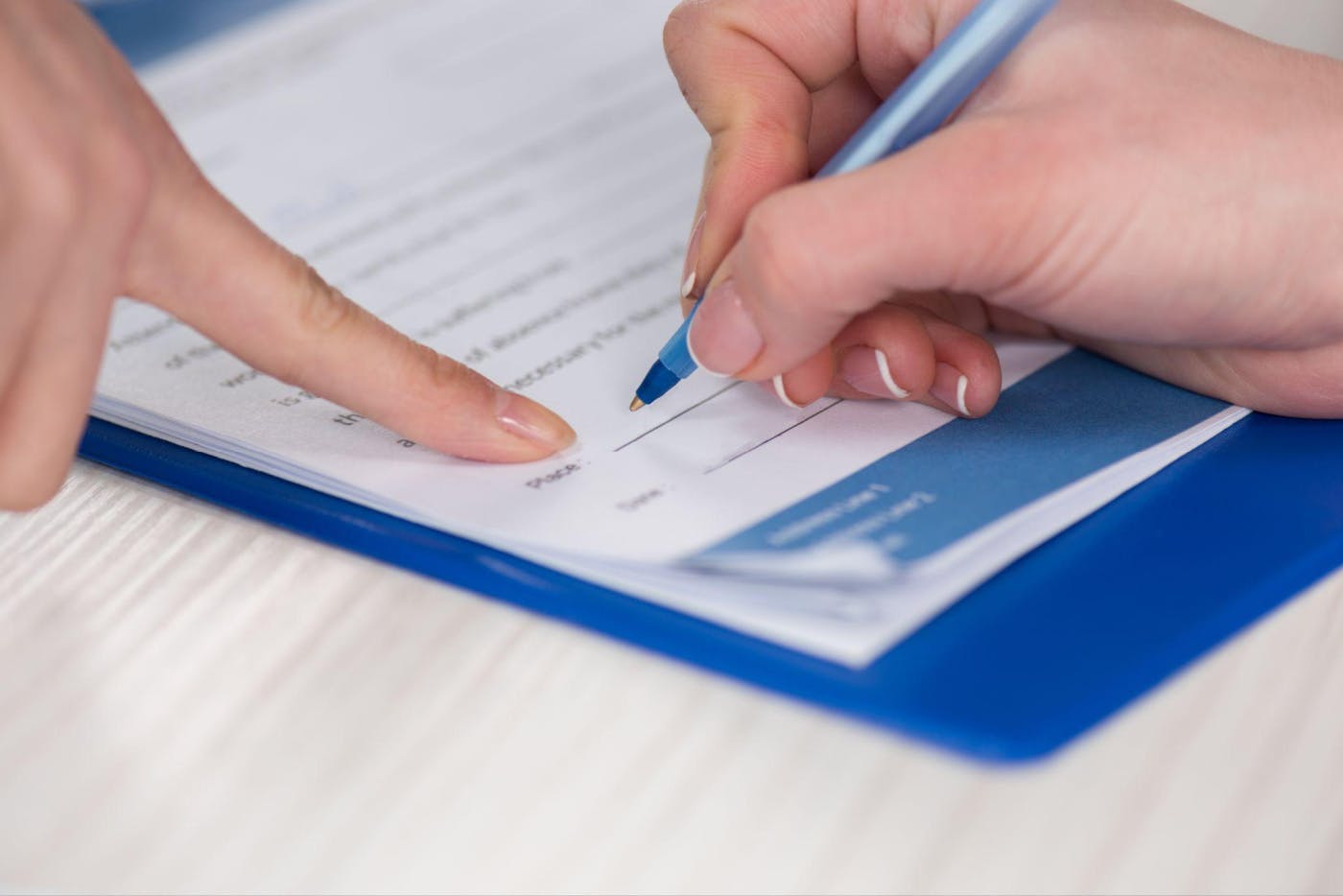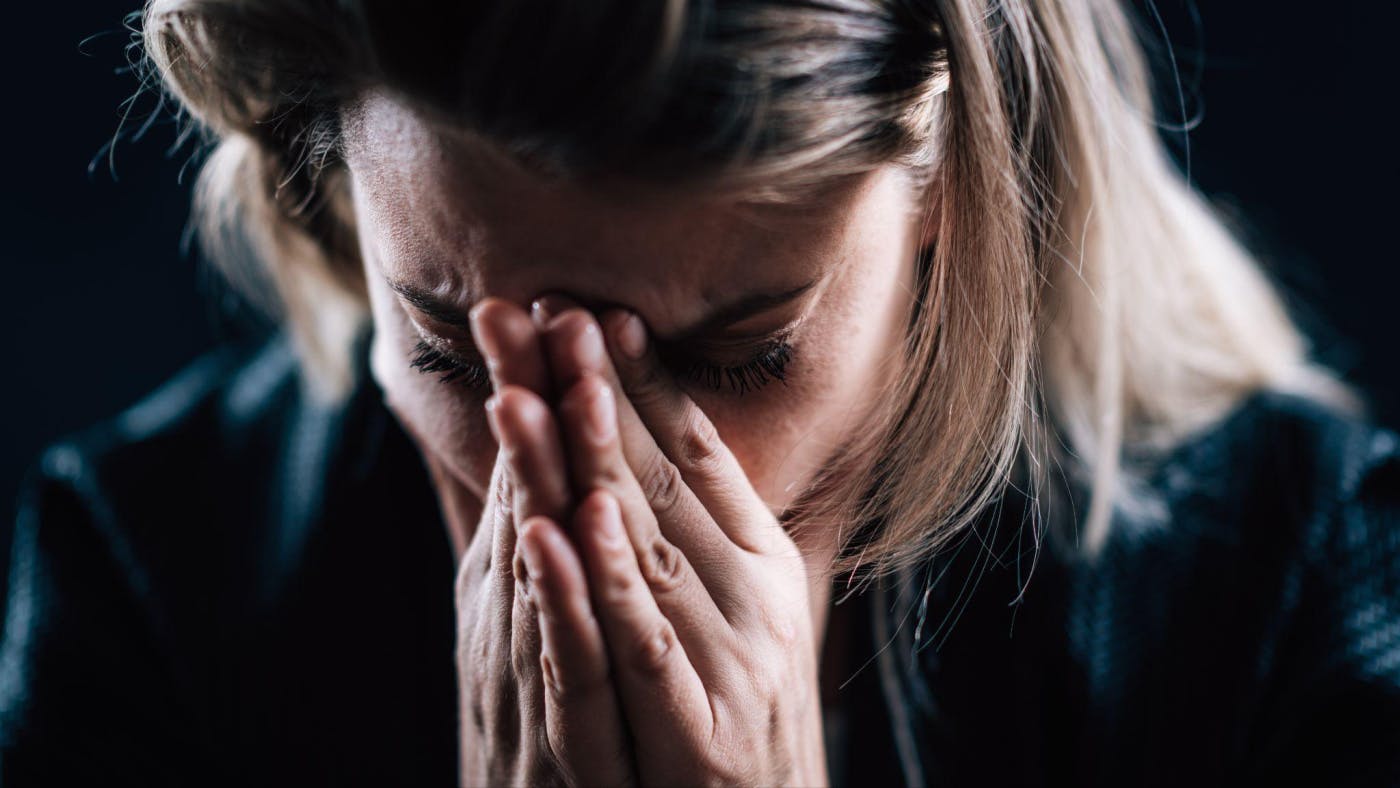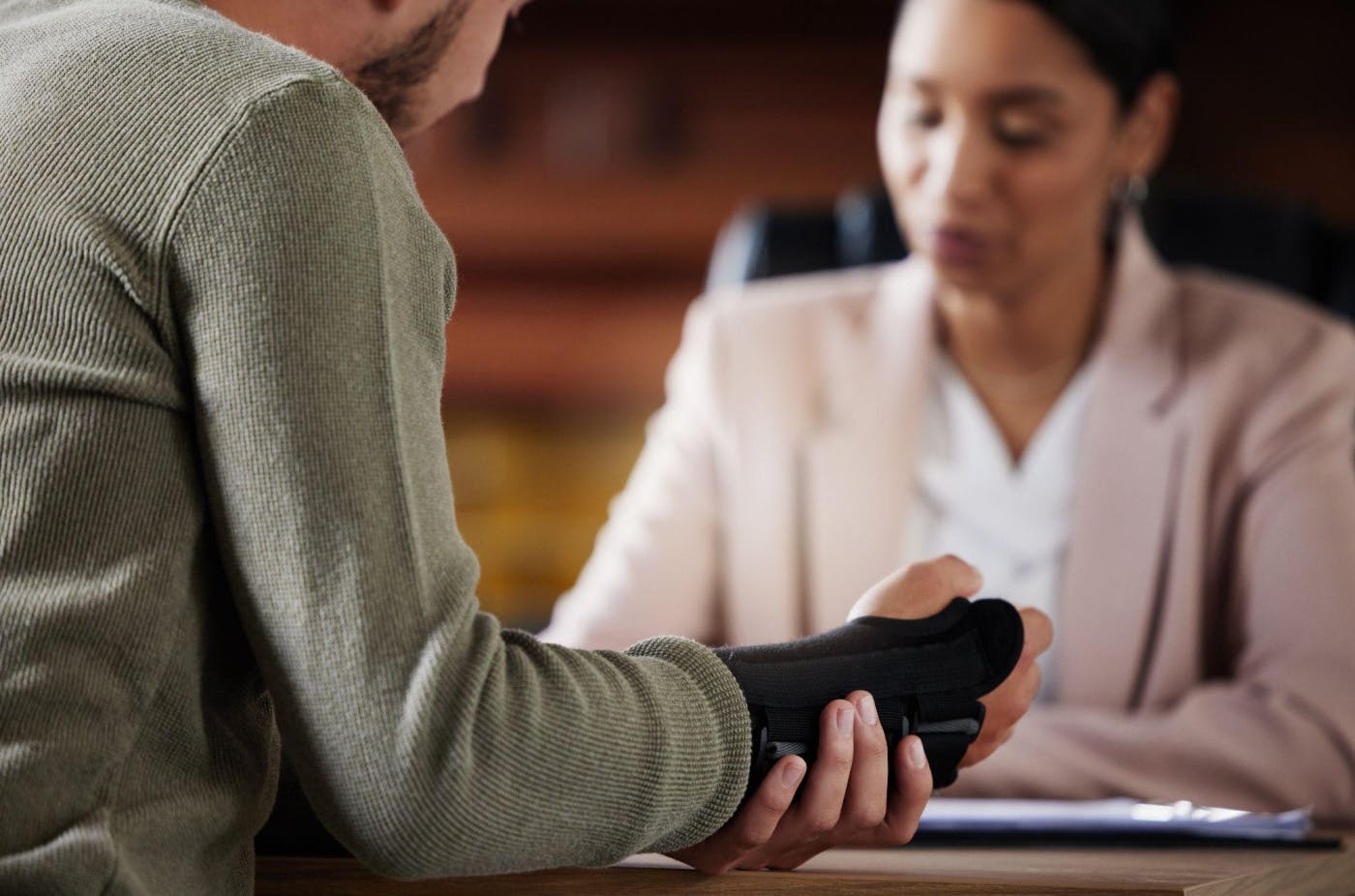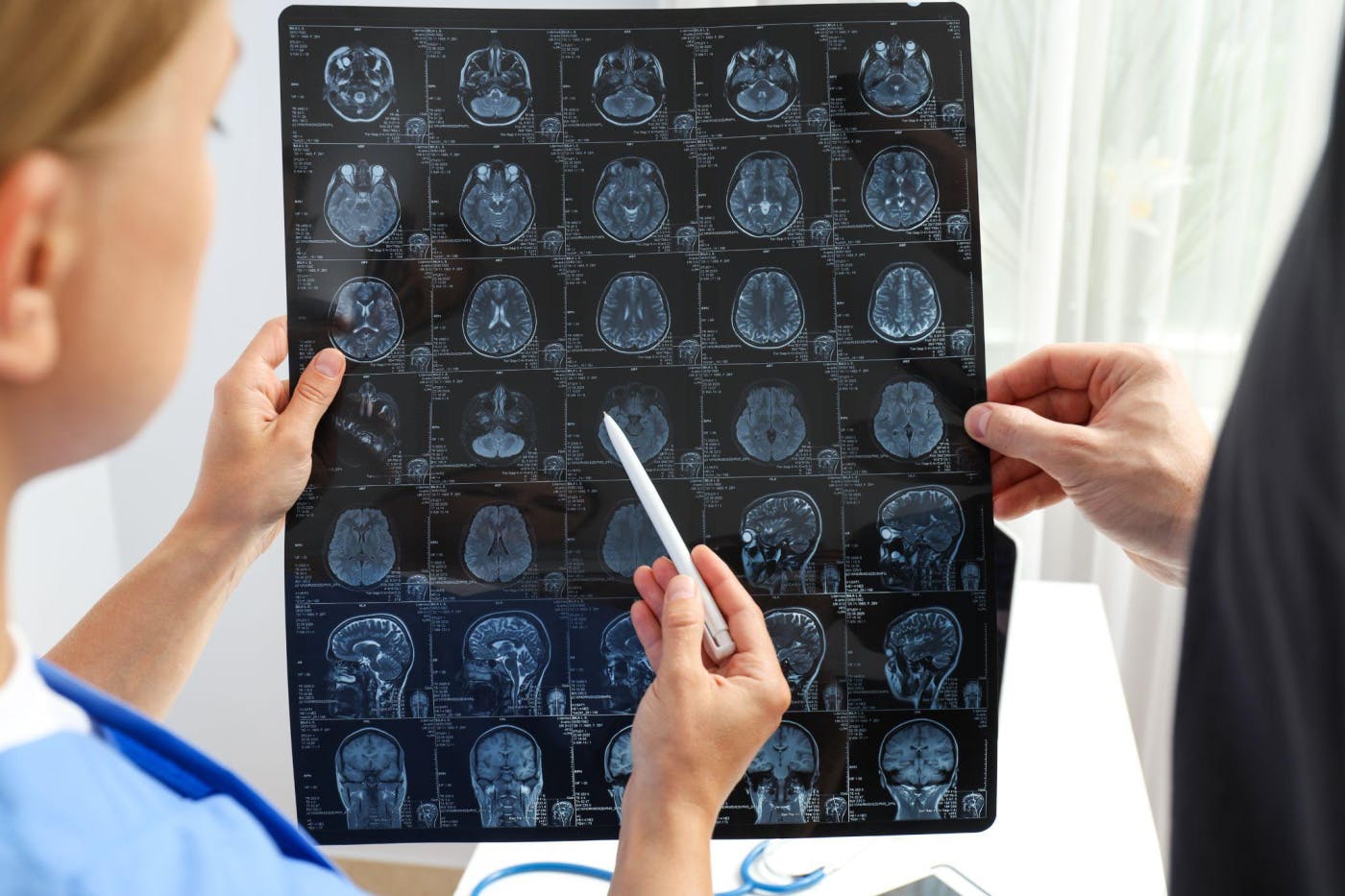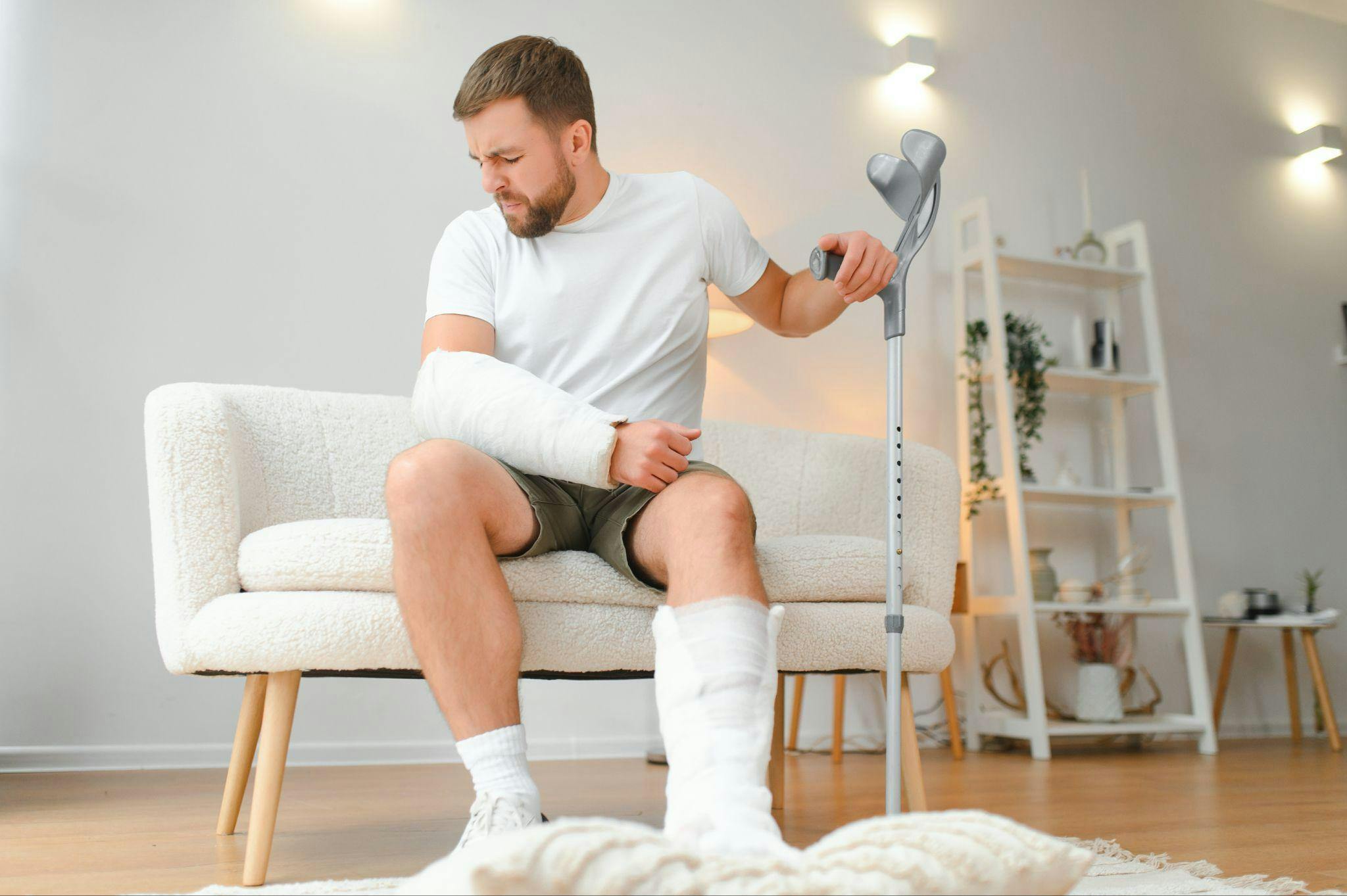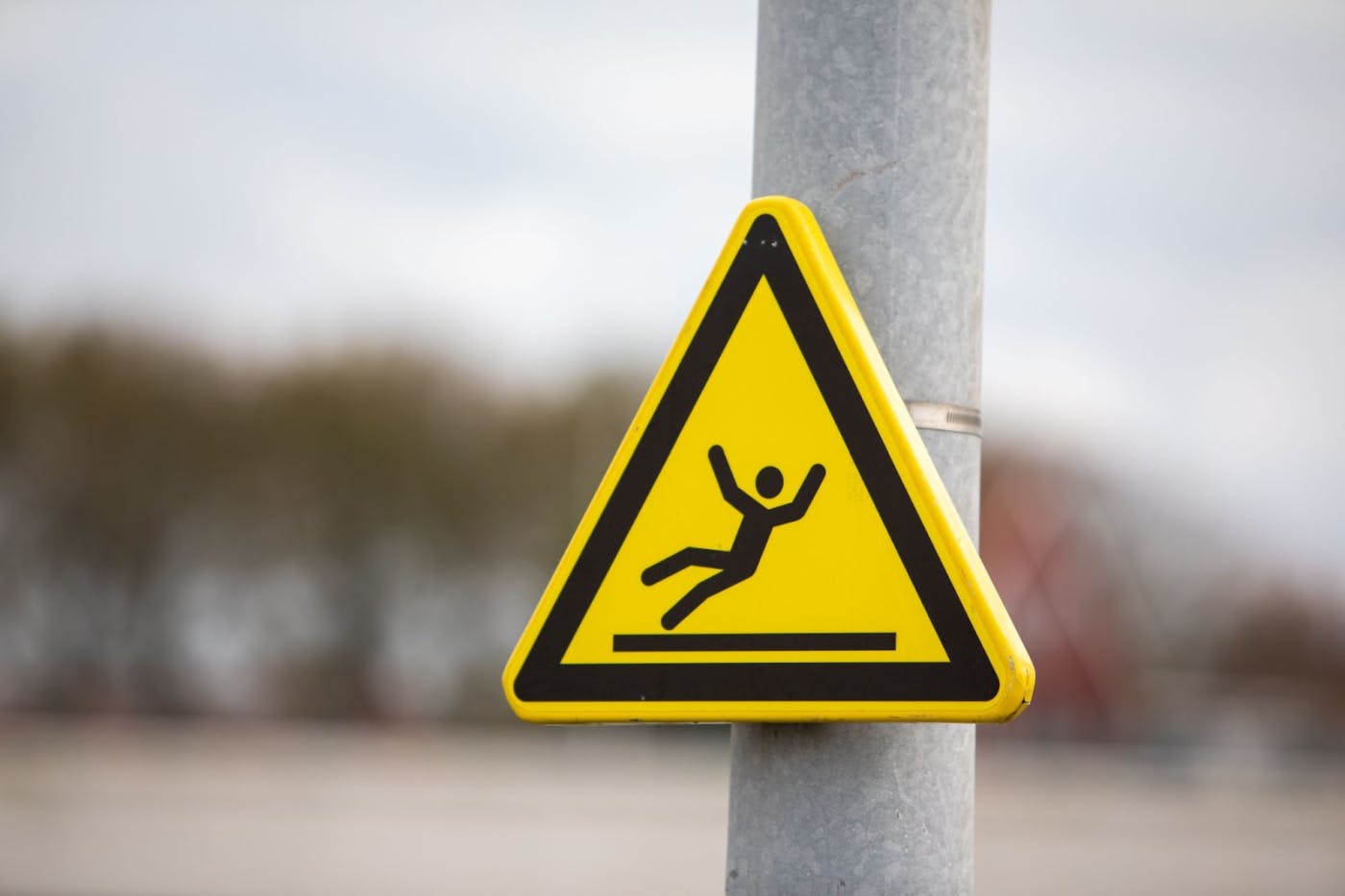First Aid: How to Treat a Burn Injury in Minnesota
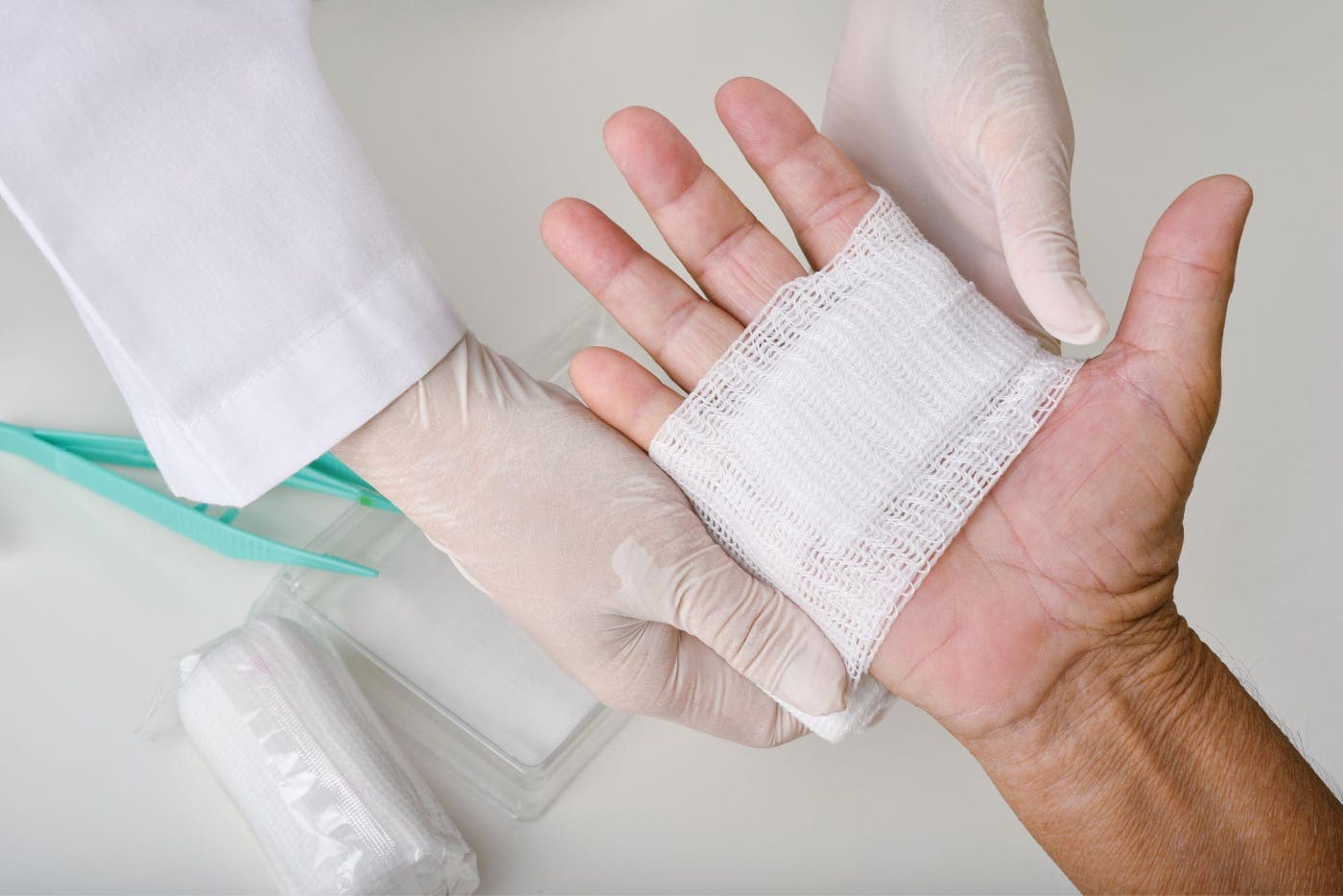
Burn injuries are a common risk for Minnesotans at home and work. Whether you are injured in a minor kitchen mishap or a more severe accident, knowing how to respond quickly can reduce pain and prevent long-term harm. Here are the key steps to take after a burn injury.





